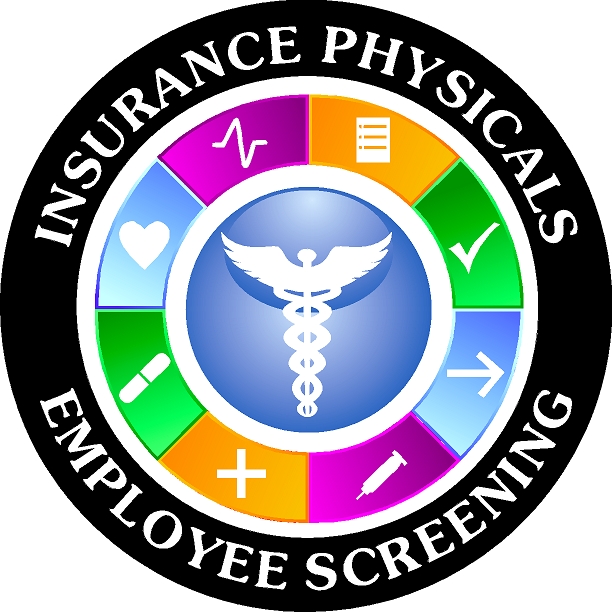
By Chuck Marting, NDASA Board Member and Owner Colorado Mobile Drug Testing LLC.
Have you had employees come to work distracted because of personal or family issues? Have their problems impacted their work performance and your bottom line? Do you wonder how you can better help the employee through their crisis whether it is at home or at work? This is where an Employee Assistance Program (EAP) can make the difference by providing needed support and getting your employee back on track.
I recently interviewed NDASA member Tom Pool, founder and owner of Drug Free Business, a Third Party Administrator and provider of EAP services in suburban Seattle, Washington, to help us understand what exactly an EAP is and how it can not only benefit employees but also the employer.
Tom, an expert in the field, explained that an EAP is a benefit program that assists employees with personal/family difficulties or work-related challenges that interfere with job performance or their physical, mental or emotional well-being. A supervisor may consider referring an individual for an EAP if they notice that a life situation such as a divorce, legal issues, a child who is ill or out of control, anxiety, depression, work stress, is affecting their work.
Tom offered an example of a work issue when an employer might seek out an EAP for their employee: “How would you handle a situation in which an employee is consistently late in coming to work? This is exactly the type of scenario where an EAP may be helpful. A supervisor would provide a referral to the employee to meet with an EAP provider to see if there are any underlying issues the employer may not be aware of but that the employee is struggling with at work or home.”
Typically, the referral is made where there is an ongoing problem that the supervisor is not able to resolve. In advance of making the referral, it is critical for the employer to keep a careful record of the concern. “Document every time the lateness occurs and whether or not it has been addressed with the employee,” Tom advised. “When a number of these reports have been placed in the employee’s file, the documentation would need to be sent along with the referral to the EAP service so the provider can help the employee understand what the issue is, how it is affecting their work and ultimately how it is affecting the business.” In some cases, it may even be appropriate to call and discuss these concerns with the EAP provider prior to their employee meeting.
Meeting with a counselor through an EAP gives the employee the opportunity to express stressful private or personal issues which may be the cause of their tardiness. The counselor listens to the employee and works with them to come up with a plan that will help the employee resolve the issue and be able to perform at work.
EAP 101
Tom shared some basic recommendations for employers considering offering an EAP benefit to their workforce:
- Finding an EAP – EAPs can be found locally or nationally through a simple internet search for “Employee Assistance Program.” It is best to interview several EAPs before referring employees to determine whether their services fit well with your company culture and the needs of your employees. Know that some EAPs offer free consultations while others collect a fee.
- The cost of contracting with an EAP service – The average annual per employee cost of an EAP ranges from $12 to $40 per employee per month, representing less than one third of 1% of the typical employers’ annual per-employee spending on health insurance. (This estimate is based on the high end of the market.) In most cases the EAP is offered in conjunction with or as an added benefit to an employee health care package. In fact, many health insurance company plans offer an EAP benefit with a co-pay.
- Educating employees about the benefit – Employees should be made aware your workplace offers an EAP, not only to them but also to their immediate family. When employees know that an employer is concerned about them (and even their family), they tend to be more committed to the employer, be motivated to do a better job and want to take advantage of the help that is available to them. EAP service information sheets, guides or notification forms should be used when informing employees and making the referral. In most cases, these forms are provided by the EAP for use. They are an important part of the documentation and notification process.
- Partnering with the EAP service provider – The employer should discuss the goals they have in mind for their workforce, so both the employer and the EAP can work together to ensure the performance of the employee is addressed and that company policies and procedures are being followed. The employer should openly communicate throughout the EAP process and assist in forming a plan of action for each referral. Discuss follow-up procedures to ensure long-term success.
An EAP can be a win-win for both employee and employer. Ultimately, it helps the employee keep their job and supports the employer’s goal of retaining a valuable human resource. Moreover, when employees know their employer understands that situations can happen in their personal and professional lives and cares about them, it boosts company morale and loyalty – which is good for everyone.
Either way, using an EAP and providing it as a benefit can be a very powerful experience and gives businesses additional tools for supporting and valuing workers as well as improving job performance.
Look for an upcoming episode of “Clearing The Haze” podcast where you can hear this interview with Tom Pool as we discuss EAPs and the benefit of having them as part of your employee benefit package. If you would like to contact Tom Pool directly please email him at: TPool@drugfreebusiness.org. Remember to visit the Drug Free Businesses Website at drugfreebusiness.org

